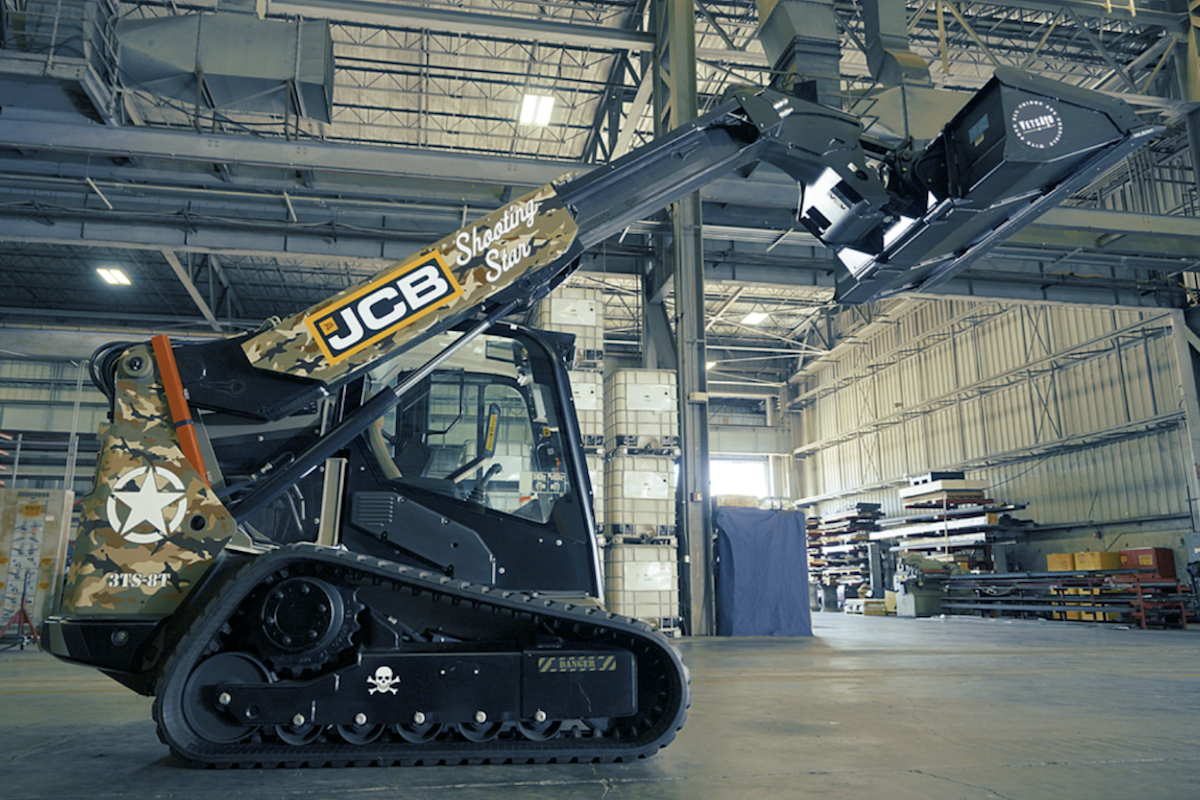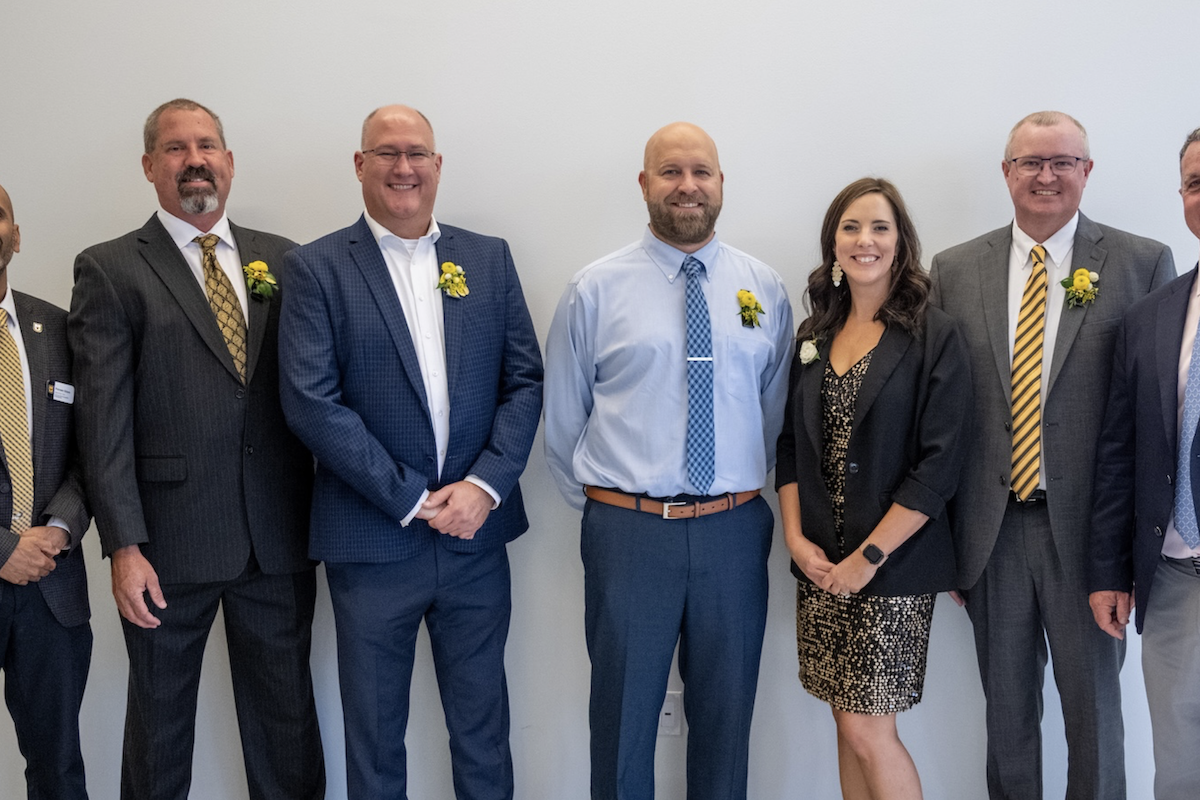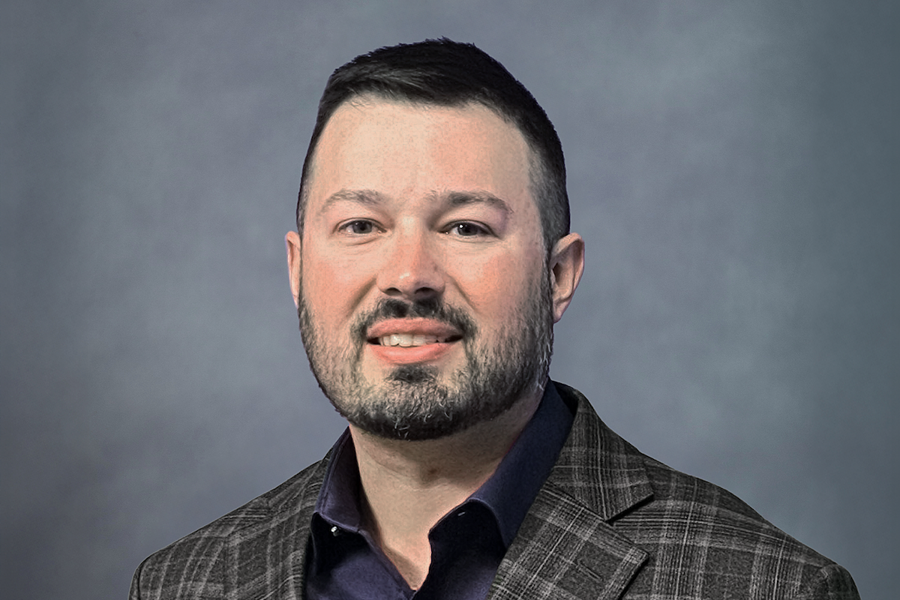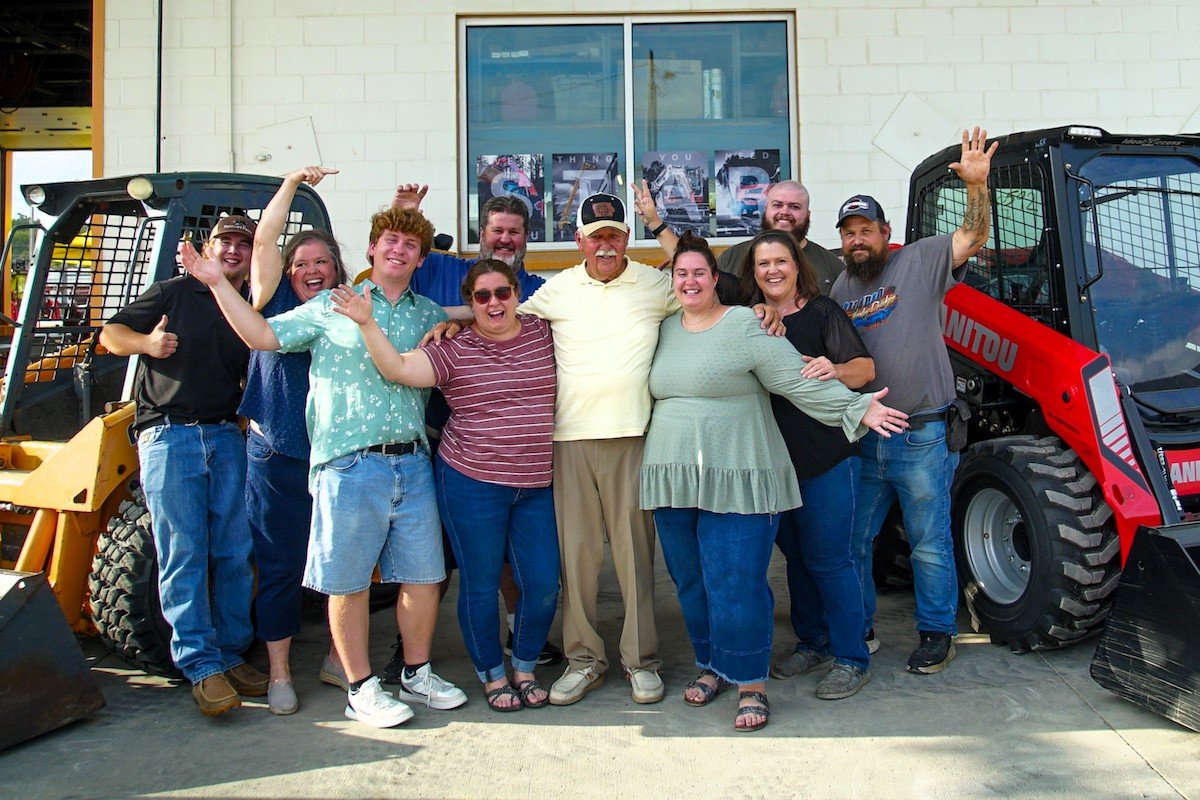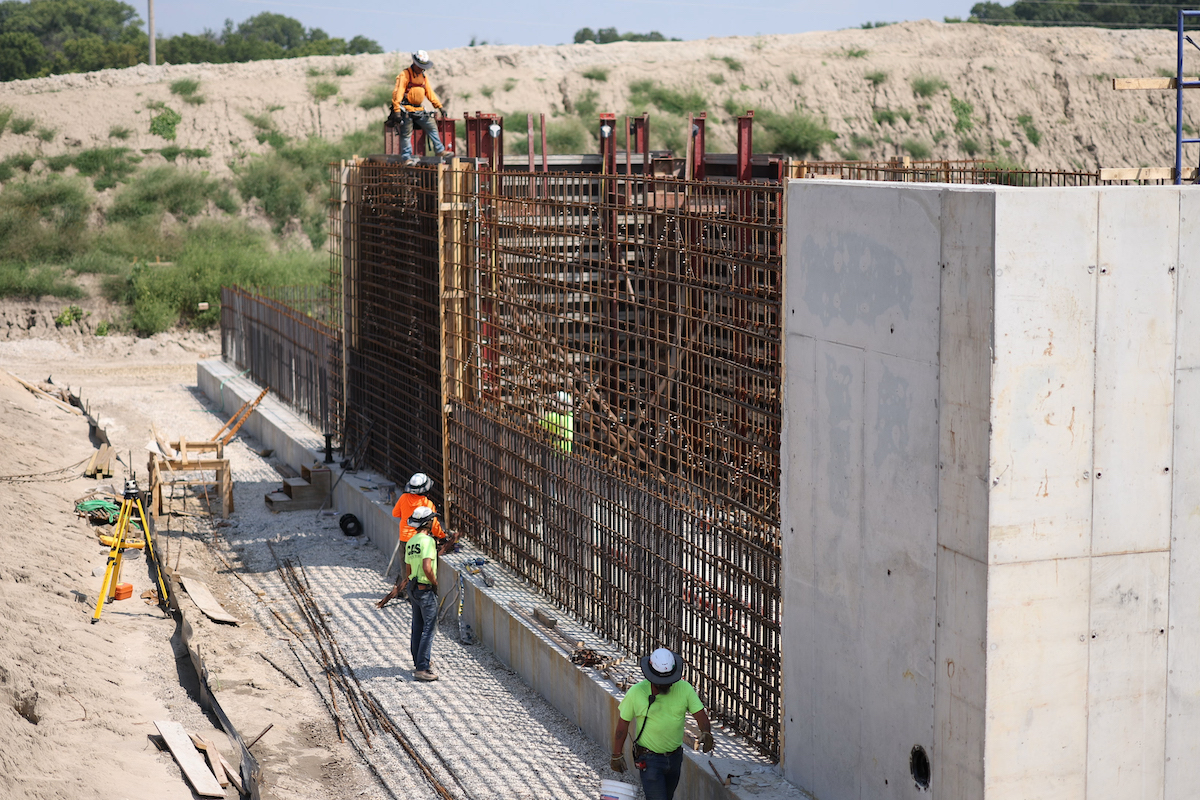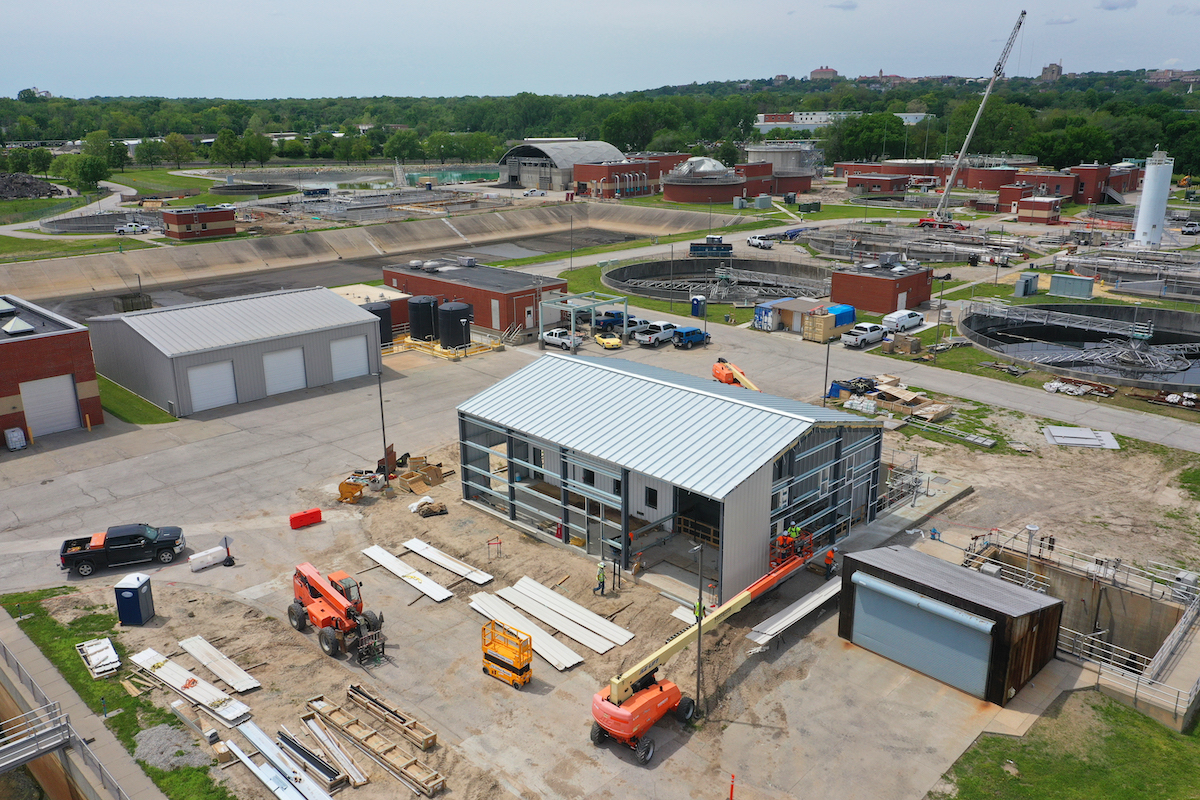“Trevor’s leadership in lighting design is the latest addition to our high-performance engineering lineup,” said Kim Cowman, National Director of Engineering, “as we continue to create value for clients through best-in-class, sustainable buildings.”
“I’m really excited to be part of an integrated practice again because lighting design is so tied to the other disciplines,” Hollins said. “Lighting influences feelings of relaxation or tension in a space. Lighting can make a big difference in the way people perceive or experience architecture.”
“It’s very hard to develop an immersive lighting experience through sketching alone,” he said. “If you define a system based on the laws of physics, you can quantify experiences through a lighting-simulation process that accounts for three-dimensional volume and how light interacts with the materials. Lighting design has an emotional impact but also a psychological impact on people. And in the past, you did not always know precisely how, but now we have the tools to measure that.”
For example, by designing for the human melanopic response, which regulates melatonin production and evolved from our exposure to the natural day-night cycle of daylight, occupants will enjoy greater alertness and healthier sleep cycles. And as energy codes continue evolving in the face of climate change, daylighting offers a healthy and sustainable way forward.

| Your local Gehl Co dealer |
|---|
| Star Equipment LTD |
“Our team will be involved early on with architects to make decisions about daylighting, integrating it heavily in design," Hollins said. "Daylighting is important now and will be really important in the future. The best way to save energy is to holistically incorporate daylighting into the building design process so electric lighting becomes less necessary."
Buildings generate between 30 and 50 percent of carbon dioxide (CO2) emissions globally. And on average, 30 percent of the energy generated by U.S. commercial buildings is wasted, according to the Environmental Protection Agency.
As climate change advances, energy efficiency in the built environment grows paramount, which is why LEO A DALY continues to advance sustainable design in every market sector and discipline.
“When a watt of electricity goes into an LED, the LED has to convert electricity into light,” Hollins said. “A certain percentage turns into heat. Every watt of light eventually turns into a watt of heat, which the mechanical system has to remove from the building. I think all designers will get to a point where we are laser focused on energy efficiency. We will create buildings that are regenerative, that actually heal the environment rather than burden it.”
LEO A DALY’s teams combine planning, architecture, engineering, and interiors expertise to offer a holistic response to clients’ challenges. The company's portfolio includes projects in more than 91 countries, all 50 U.S. states, and the District of Columbia.

| Your local Leica Geosystems Inc dealer |
|---|
| Laser Specialist inc |

















